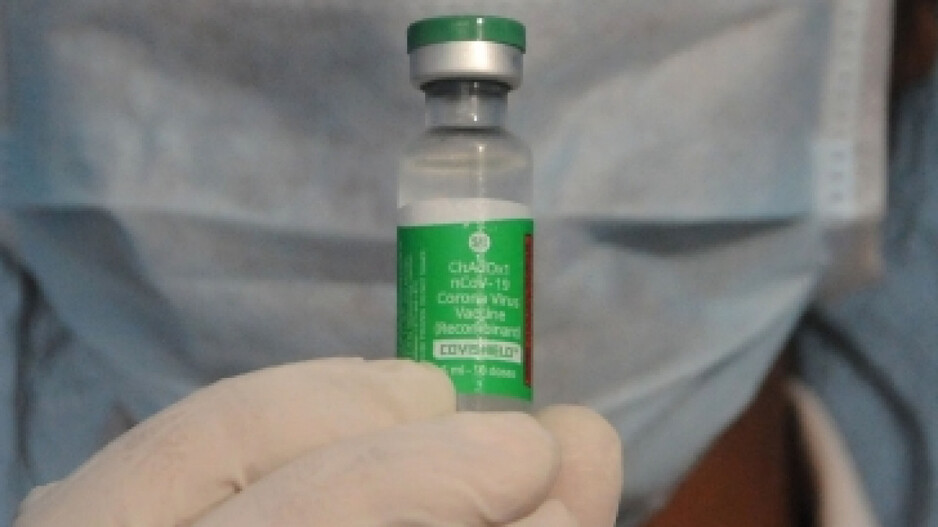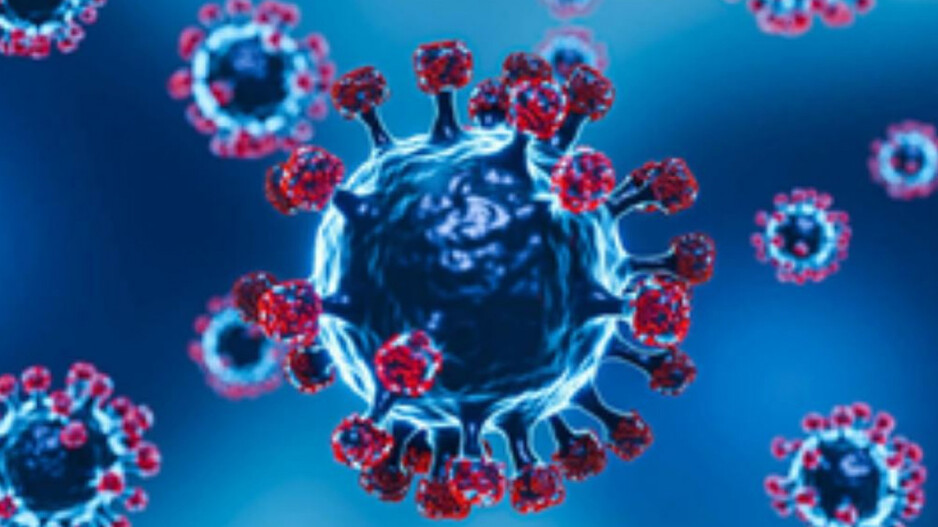/odishatv/media/post_attachments/uploadimage/library/16_9/16_9_0/recent_photo_1747472371.webp)
Fresh wave of COVID-19: 5 major factors behind the resurgence of the virus
A fresh wave of COVID-19 is sweeping across parts of Southeast Asia, reigniting concerns over the virus’s resurgence. Cities like Hong Kong and Singapore are seeing sharp increases in cases, hospitalisations, and even fatalities, marking the first major uptick in nearly a year, according to a Bloomberg report.
With countries like China and Thailand also witnessing a rise in infections. In Hong Kong, COVID-19 activity has climbed to a “quite high” level, said Albert Au, head of the Communicable Disease Branch at the Center for Health Protection.
The recent resurgence of COVID-19 in parts of Southeast Asia, notably in cities like Hong Kong and Singapore, can be attributed to several interrelated factors:
1. Emergence of New Omicron Subvariants
The rapid spread of new Omicron subvariants, particularly the JN.1 lineage, has been a significant driver of the current surge. These variants are more transmissible and have a higher capability to evade existing immunity, leading to increased infections even among previously infected or vaccinated individuals.
2. Waning Immunity
Over time, the protective immunity from prior infections and vaccinations diminishes. This decline in immunity makes populations more susceptible to new infections, especially when faced with evolving variants.
3. Increased Social Interactions and Travel
The relaxation of public health measures, combined with increased travel and social gatherings during festive seasons, has facilitated greater person-to-person transmission of the virus.
4. Detection of Virus in Sewage Water
In Hong Kong and Singapore, authorities have detected the presence of the virus in sewage water, indicating widespread community transmission. This method of surveillance has proven effective in identifying and responding to outbreaks.
5. Strain on Healthcare Systems
The surge in cases has led to increased hospitalizations, putting additional pressure on healthcare systems that are already managing routine medical needs. For instance, in Singapore, the demand from an ageing population has extended waiting times for hospital admissions.
In response to the rising cases, health authorities are emphasizing the importance of personal responsibility, such as wearing masks in crowded places and staying updated with vaccinations. While there is currently no indication of reinstating strict pandemic-era restrictions, the situation is being closely monitored to manage and mitigate the impact of the resurgence.
Actor Shreyas Talpade who got second life after heart attack suspects COVID-19 vaccine side effect

AstraZeneca admits Covishield vaccine may cause rare side effects: 10 shocking things to know

No panic needed over new 'FLiRT' Covid variants, say experts

People no longer perceive Covid infection as serious health problem: Study

/odishatv/media/agency_attachments/2025/07/18/2025-07-18t114635091z-640x480-otv-eng-sukant-rout-1-2025-07-18-17-16-35.png)

/odishatv/media/media_files/2025/09/22/advertise-with-us-2025-09-22-12-54-26.jpeg)